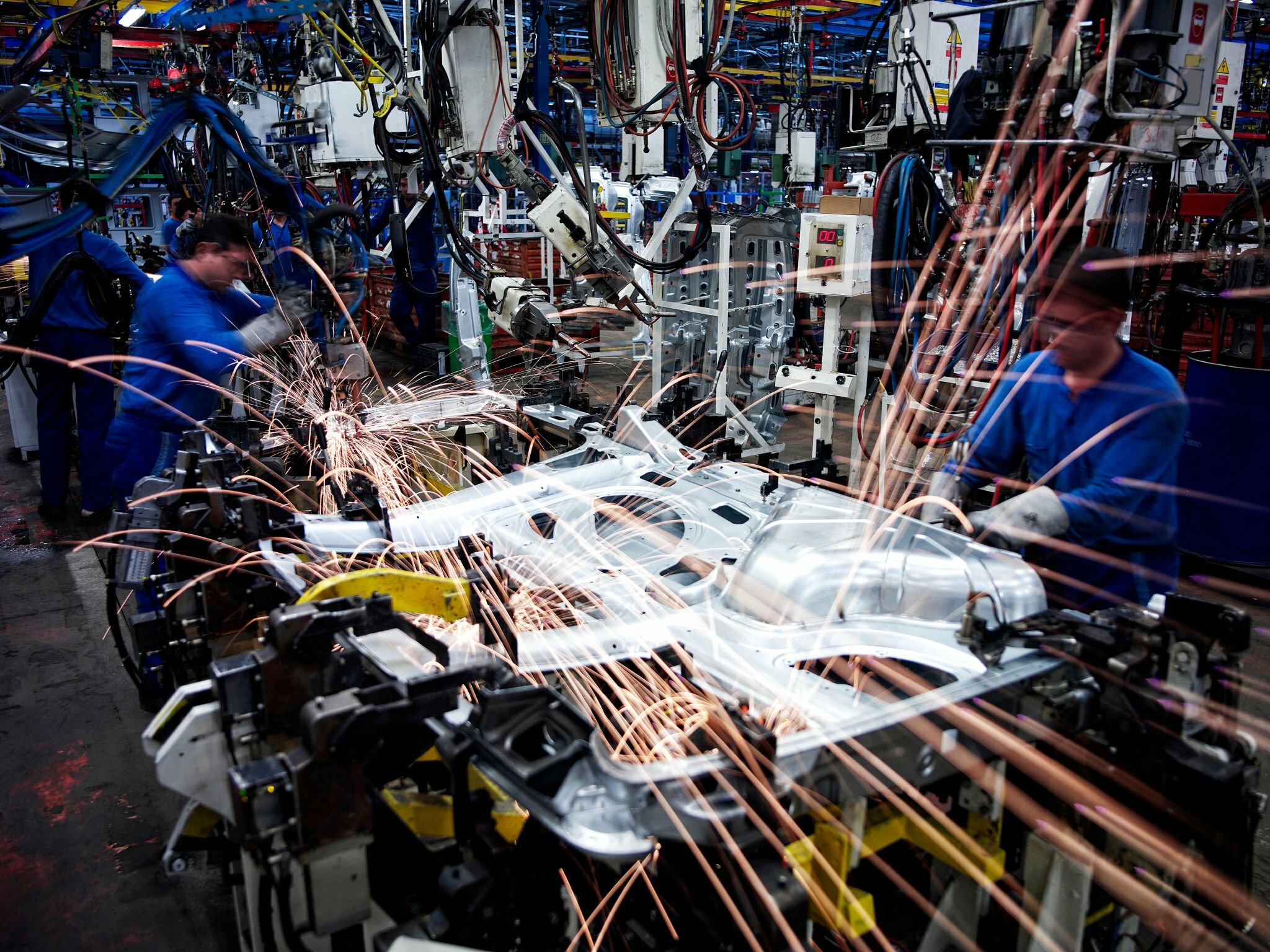In today’s competitive business landscape, factories are constantly seeking ways to improve productivity, efficiency, and quality. While technological advancements and automation play a significant role, it is often overlooked that the key to a truly successful factory lies in its workforce. Empowering workers with a voice, the ability to express their concerns, opinions, and suggestions, can lead to a more productive, collaborative, and innovative work environment.

Do your workers believe they have a voice in the factories?
The answer is not always clear. In some cases, workers may feel that they have a strong voice, while in others they may feel that their opinions are not being heard. There are a number of reasons why workers may feel they do not have a voice. One reason is that management may not be open to feedback from workers. They may believe that they know best and that workers do not have the expertise or experience to contribute. Alternatively, workers might be hesitant to speak up because they’re afraid of retaliation from management or being labeled as troublemakers.
So, creating a safe and cohesive working environment requires providing workers with effective communication platforms that enable them to express their voices, interact with colleagues and managers, and access important company information. Employers must be more open to listening to workers’ concerns, and trade unions must be stronger and more representative.
Prioritise making workers feel safe anywhere, anytime
To prioritize worker safety, it is crucial to establish a culture of open communication and engagement that makes workers feel safe anytime and anywhere. This can be achieved by creating channels for workers to voice their concerns, share feedback, and collaborate effectively. To facilitate this two-way dialogue, mobile engagement platforms, regular employee surveys, and elected worker representatives can be implemented.
Mobile engagement platforms serve as a bridge connecting workers and factories to provide a convenient and accessible tool for workers to communicate and connect with their peers and superiors. These platforms can facilitate real-time discussions, enable workers to share ideas and concerns and streamline feedback mechanisms.
Actively seeking and acting upon feedback helps to address concerns, make improvements, and foster a sense of belonging. Elected worker representatives can serve as a liaison between the workforce and management, addressing worker concerns and advocating for their interests. By implementing these approaches, workers can feel more empowered and heard, which can lead to a safer and more productive work environment.

Provide information to workers in the right way
Effective communication plays a critical role in any workplace, but it is particularly crucial in factories, where safety, efficiency, and productivity depend on clear and timely information exchange. When workers are well-informed and understand their roles and responsibilities, they are better equipped to perform their tasks safely, efficiently, and productively. However, providing information to workers can be a complex task, as it requires an understanding of their needs, preferences, and communication styles.
To effectively communicate with workers, it is essential to use simple language that is easy to understand, avoiding jargon and overly technical terms. Breaking down complex information into manageable chunks, and using visuals and examples whenever possible can also help. Many factories worldwide have successfully implemented worker voice initiatives, reaping significant benefits.
Empowering workers with a voice is not just about fostering a positive work environment; it is a strategic investment in a factory’s long-term success. By providing workers with a platform to express their concerns, opinions, and suggestions, factories can tap into a wealth of untapped knowledge, creativity, and problem-solving potential. In doing so, they can cultivate a more productive and innovative workforce, driving continuous improvement and achieving sustainable competitive advantage.